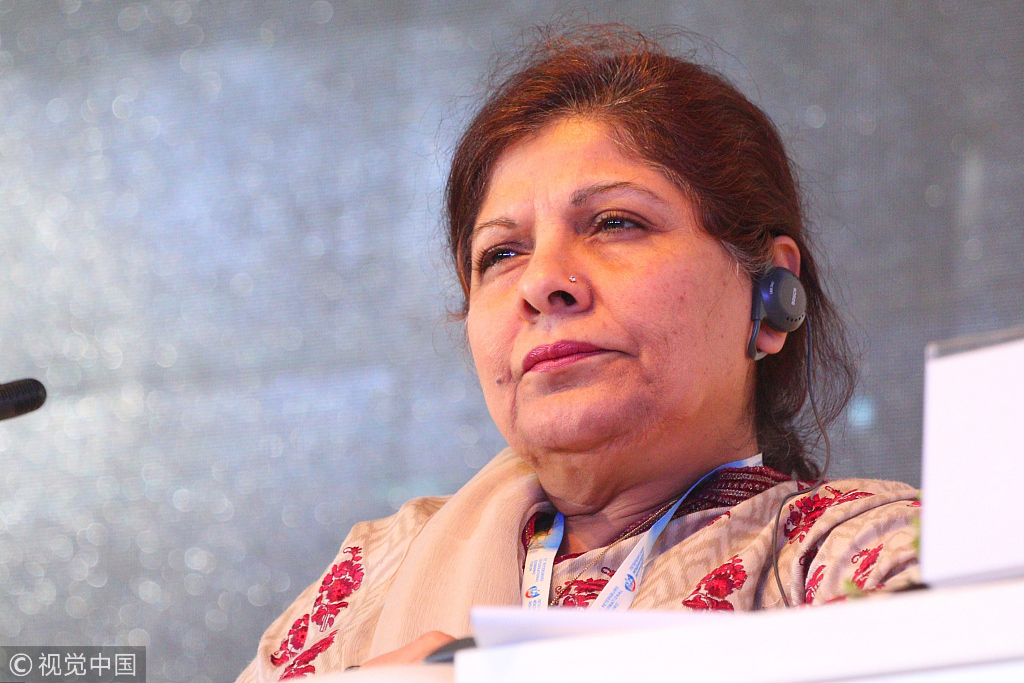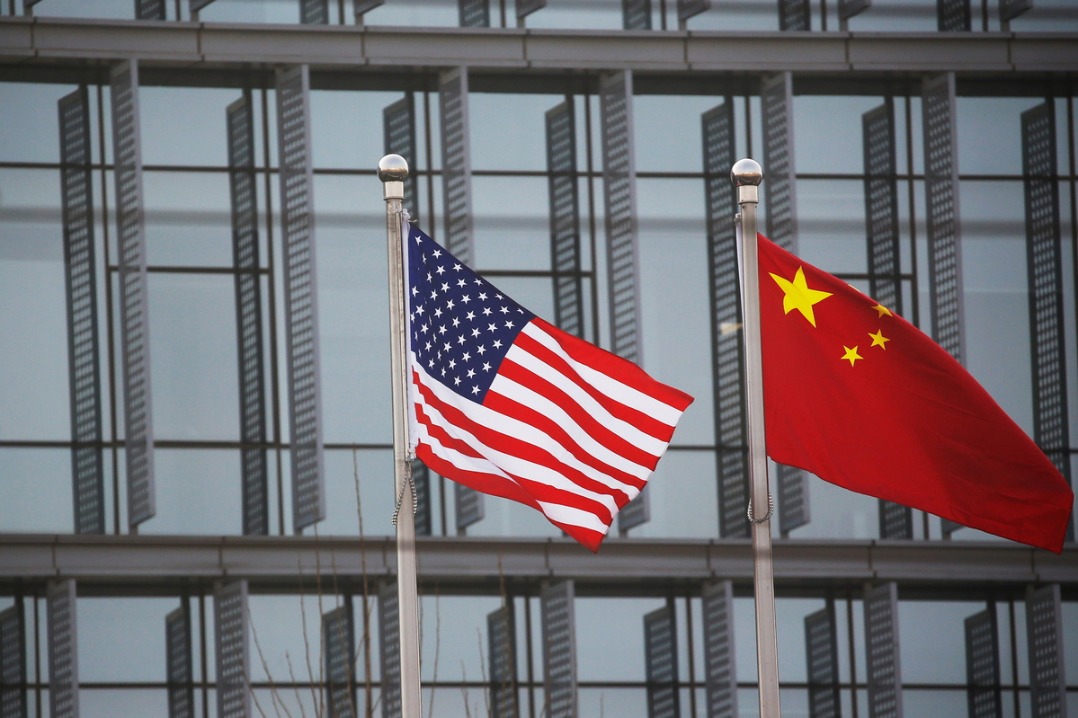UN official: Belt and Road shapes market


China leads the regional cooperation and the integration of Asia, with its Belt and Road Initiative strengthening intra-and intercontinental ties, said Shamshad Akhtar, under-secretary-general of the United Nations.
This transcontinental arrangement, one of many multilateral initiatives in which China has played an active role, will have far-reaching consequences for market integration in the Asia-Pacific and beyond, said Akhtar, who is also the executive secretary of the UN's Economic and Social Commission for Asia and the Pacific.
"It's a grand design. Moving the Belt and Road Initiative forward not only connects Asia internally, but bridges it closer to Europe and Africa," Akhtar told China Daily on the sidelines of the Shanghai Forum, an annual international symposium hosted by Fudan University.
Over the years, China's shift from quietly forging bilateral relationships to building multilateral and broad-based diplomatic structure has underscored its commitment to deepening its footprint in regional cooperation and integration, the official said.
"The initiative is a more integrated frame of a scale that no one has talked about," she said.
For instance, China has played a critical role in the construction of the Trans-Asia Railways, among other land transportation projects, she said.
According to Akhtar, China's steadfast political leadership has steered the country through transforming itself from a low-income nation to a major power.
"From a closed economy to a competitive market economy, it has happened in phases given the size and the depth of the economy," she said. "The leadership has adjusted opening-up in a sequenced way that it has not disrupted too much the economic fundamentals."
Other experiences Akhtar thought that China could share with developing countries include the speed and scale of infrastructure development, the construction of smart cities to better manage the population and the investment in science and technology that are needed to stimulate productivity.
Trade has been a primary economic engine for the Asia-Pacific, contributing to half of the GDP growth, which averaged 6 percent from 1990 to 2008, according to UN data.
Cutting trade costs and deepening regional cooperation could result in $100 billion more regional exports annually, but fears about renewed protectionism could deter long-term investment and trade, said a UN report in May.
"Apart from a nationalist mentality for protectionism, leaderships that represent private sector interests more strongly than the public interests would safeguard specific industries," she said.
Akhtar saw growing prominence in Asian economies in driving liberal trade.
"We are seeing that countries in the East, which were once slow in opening up, have now declared they will be ardent supporters of liberal policies," she said.
"Asia's growing weight in the global economy means it will have a bigger say in the world affairs."



































